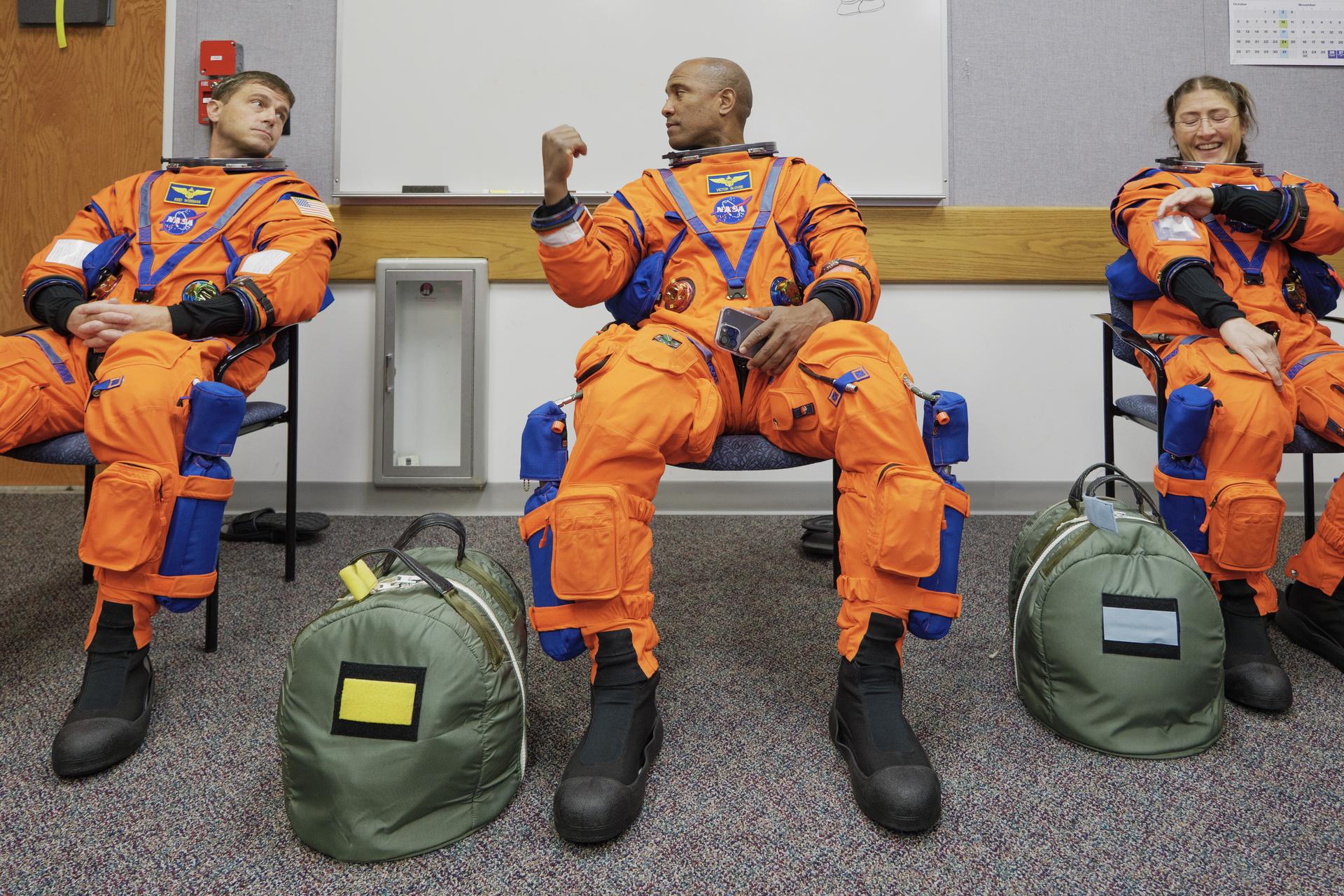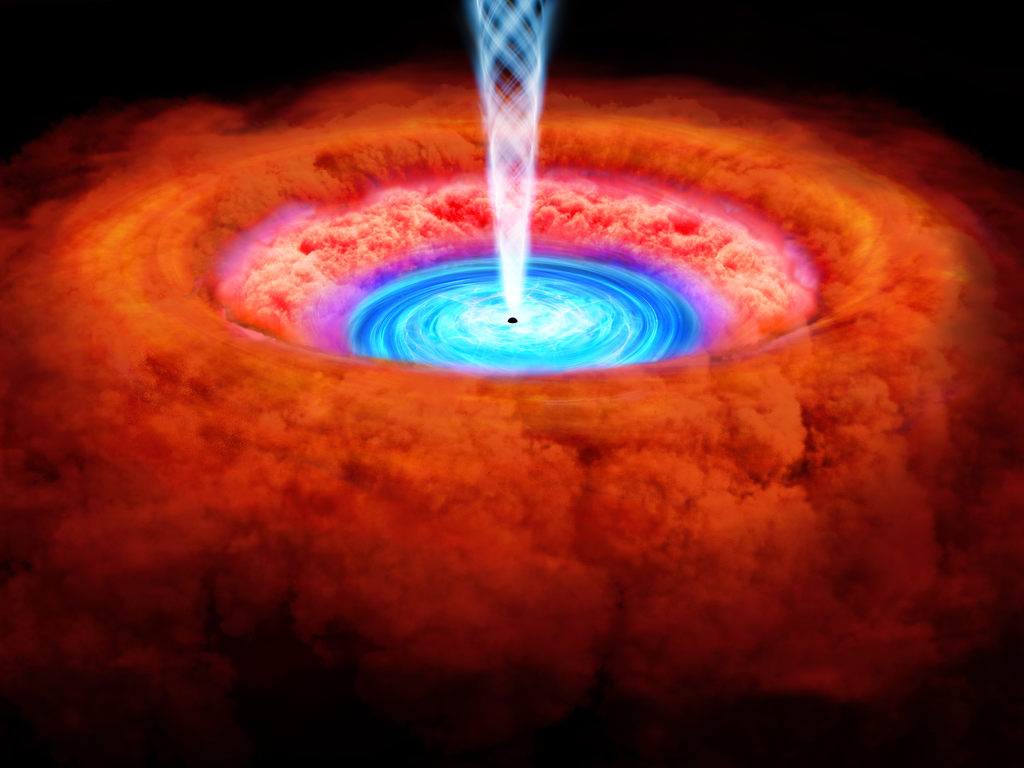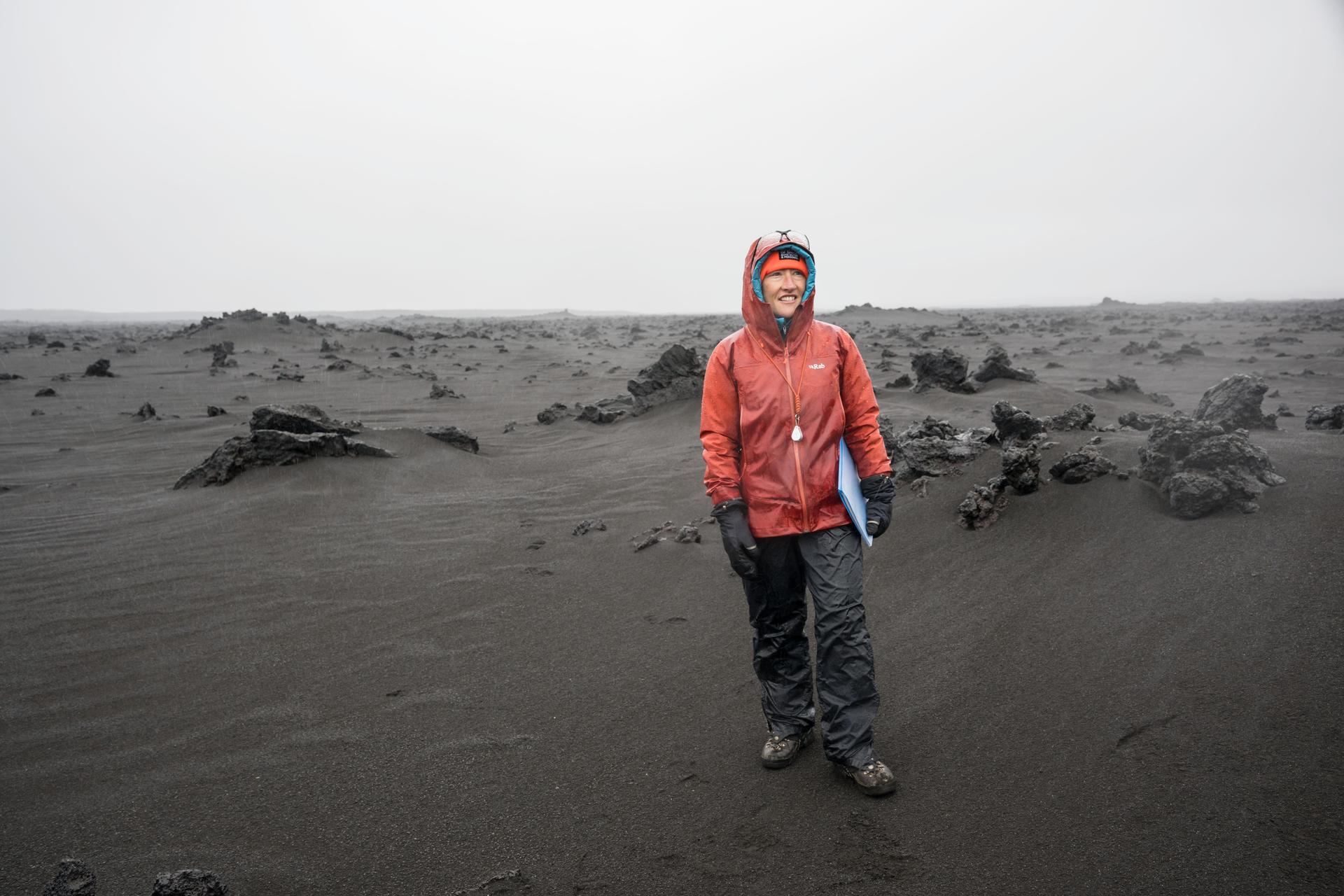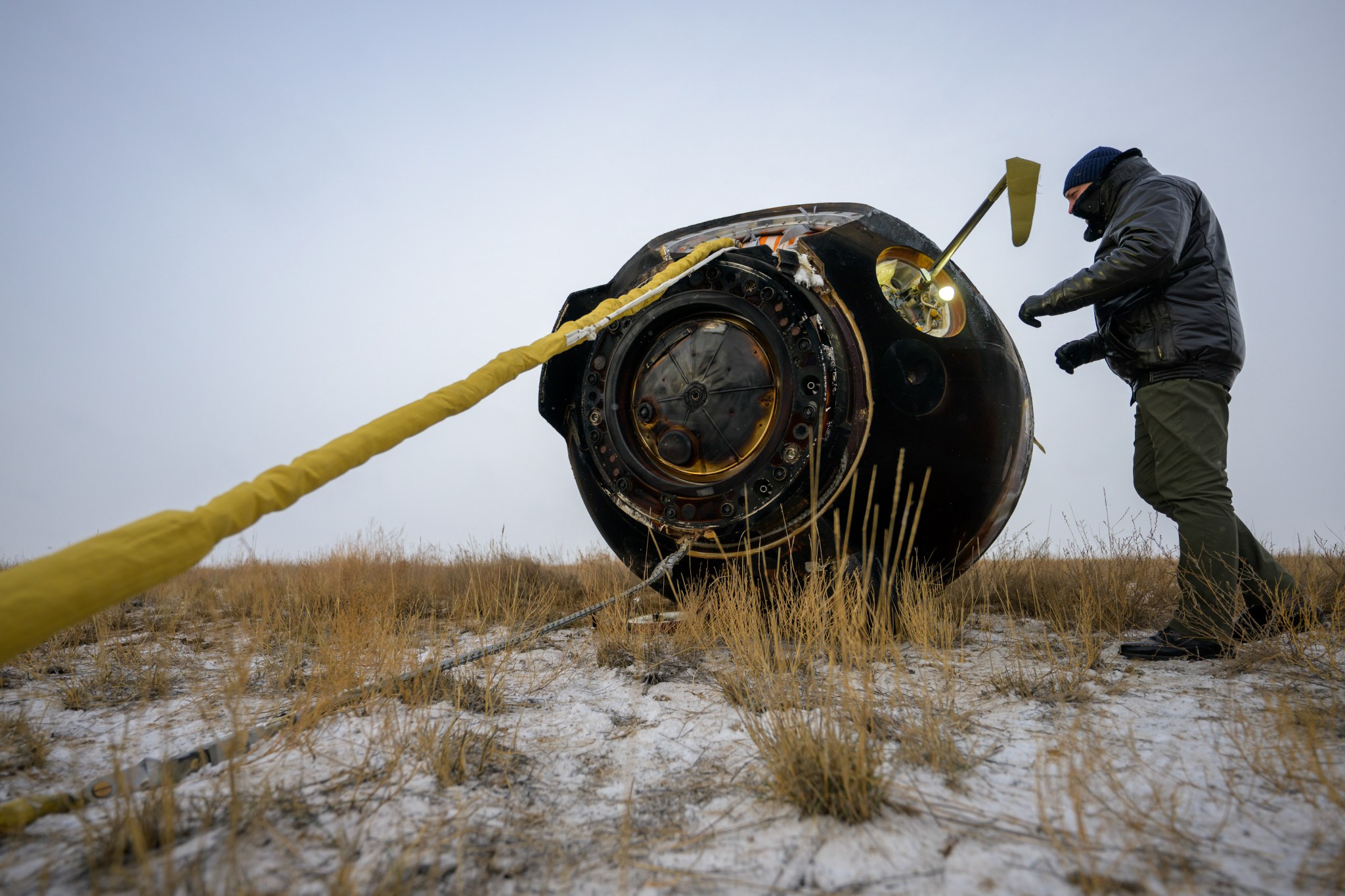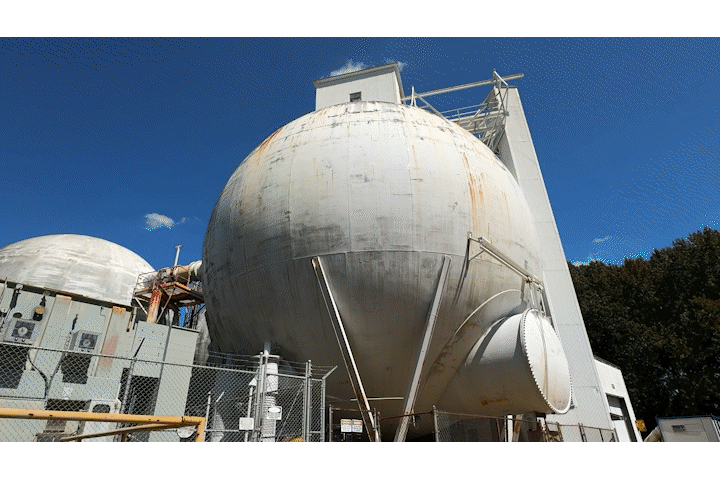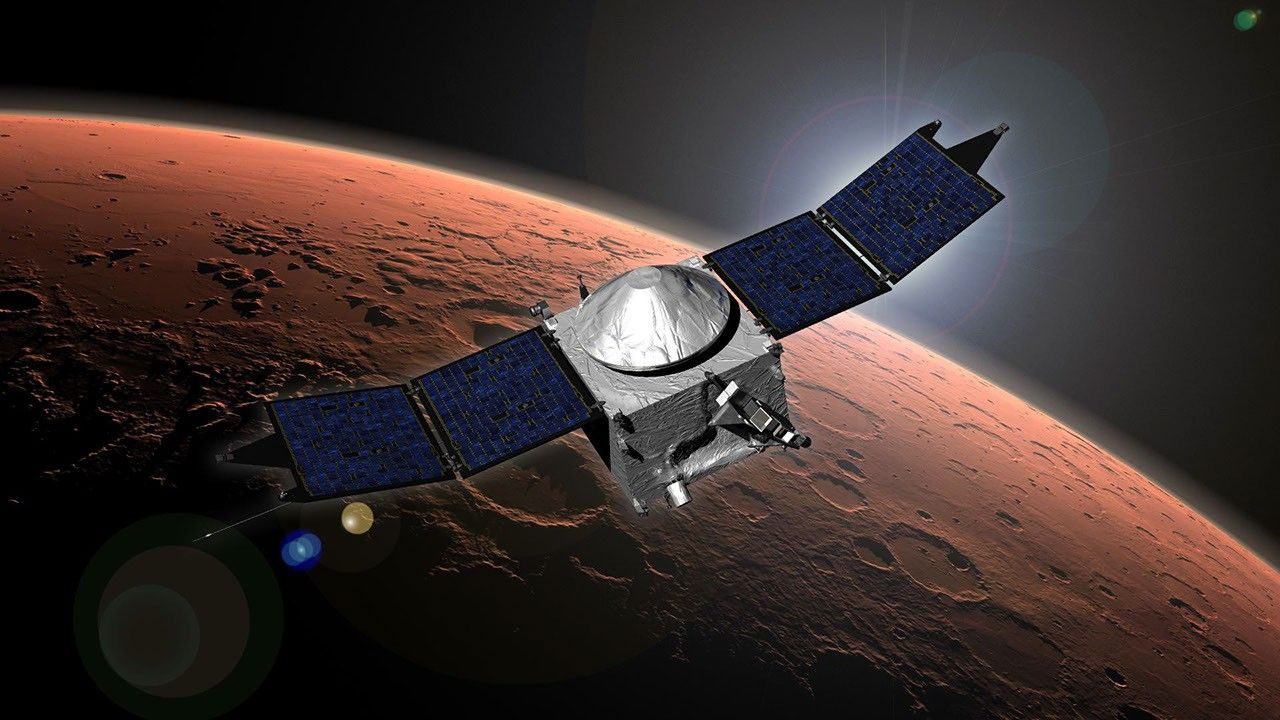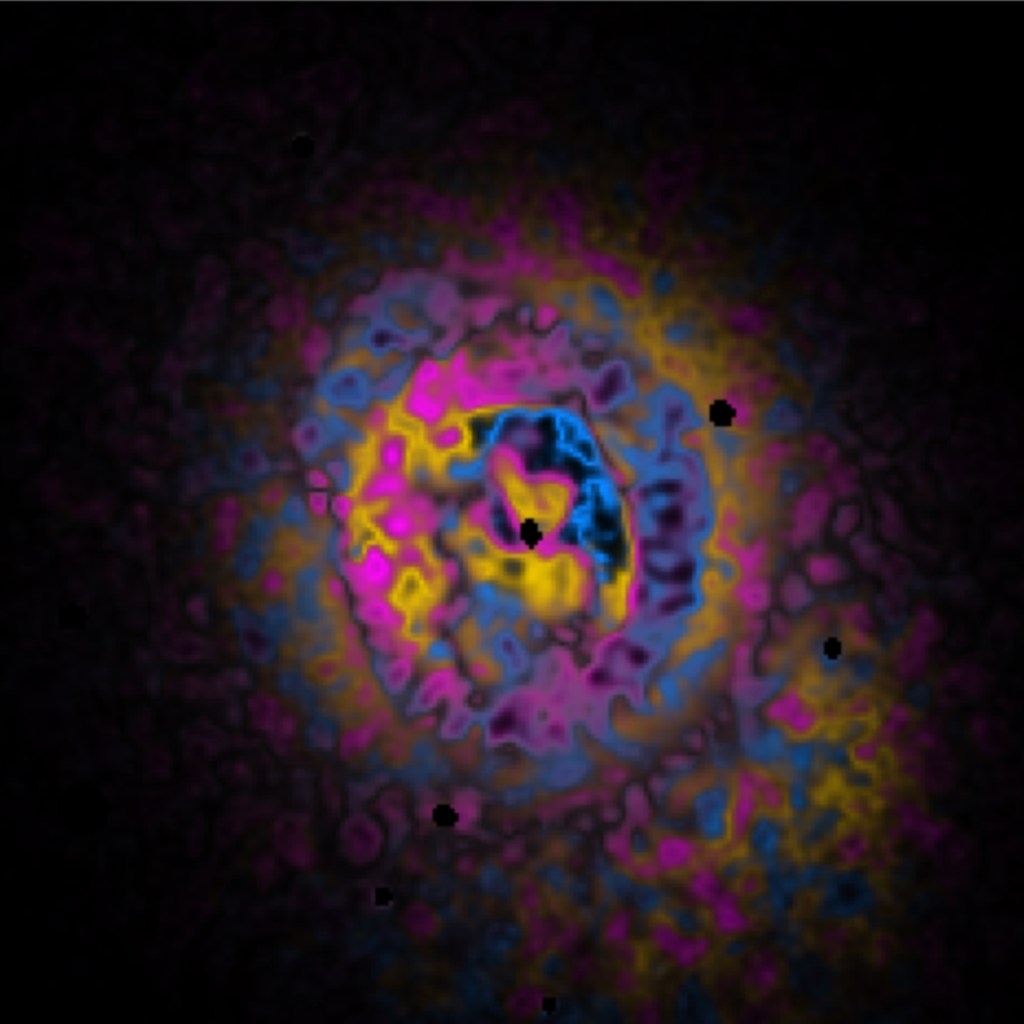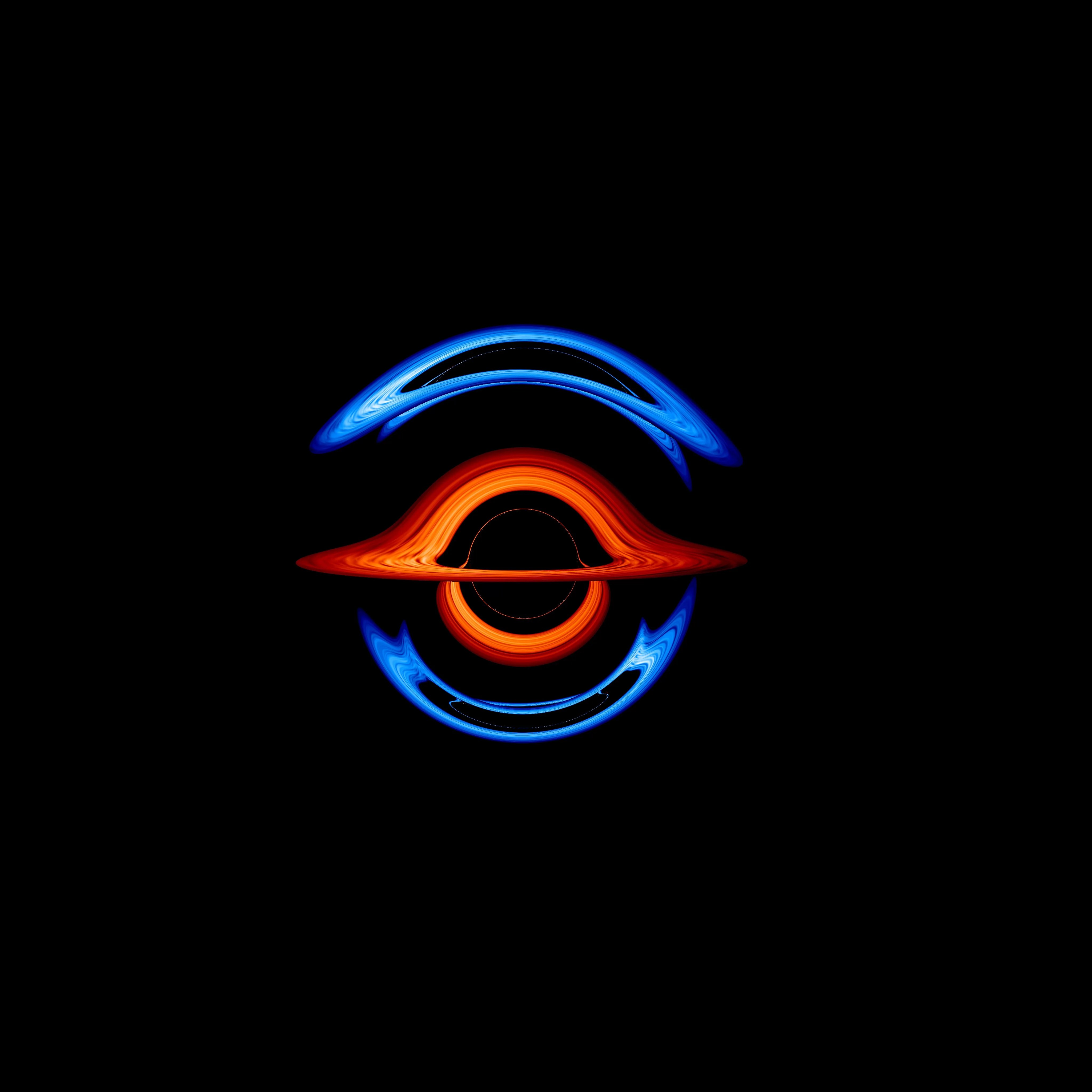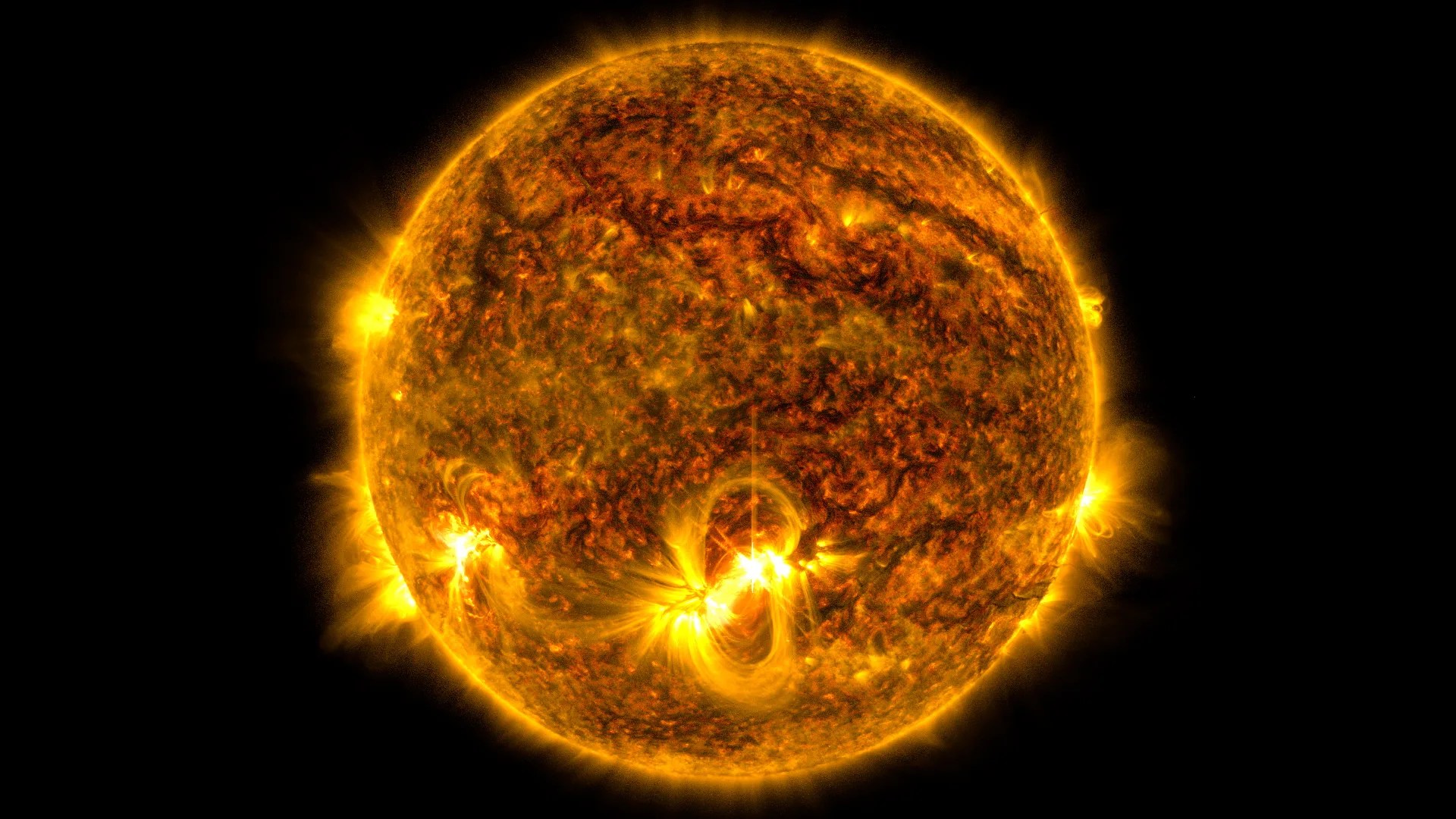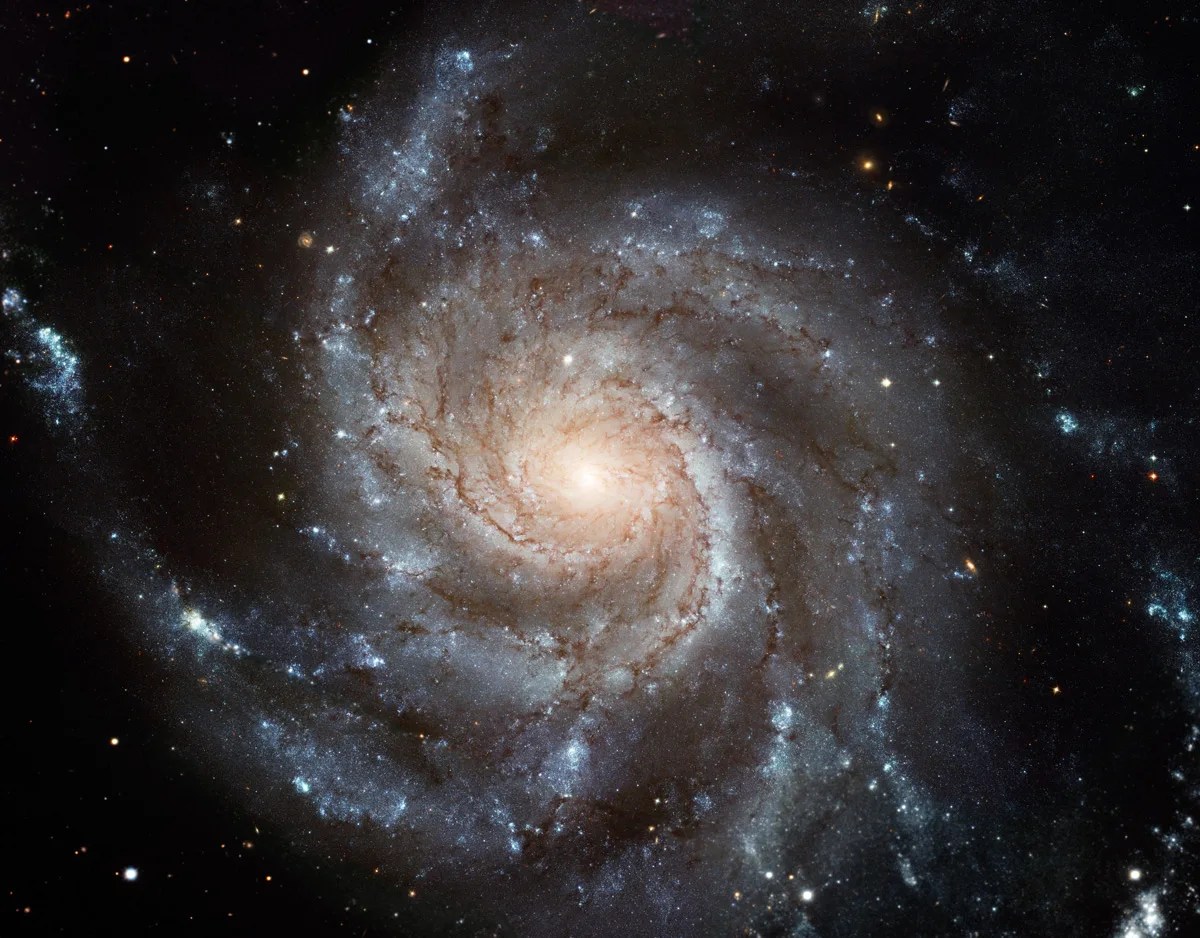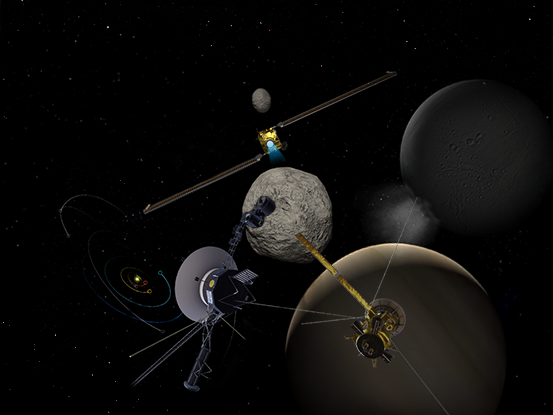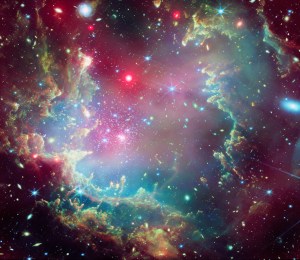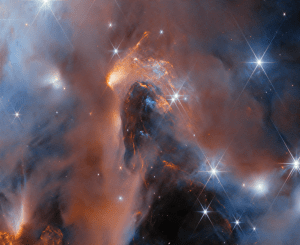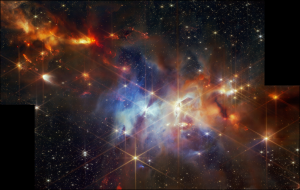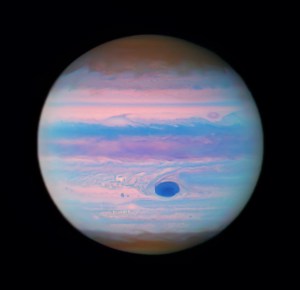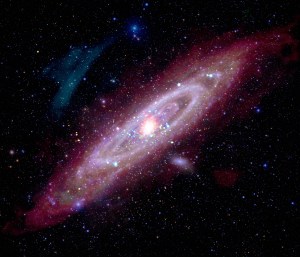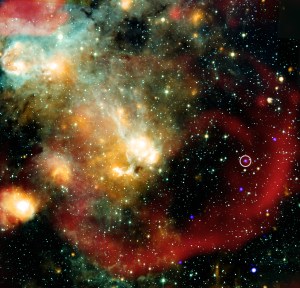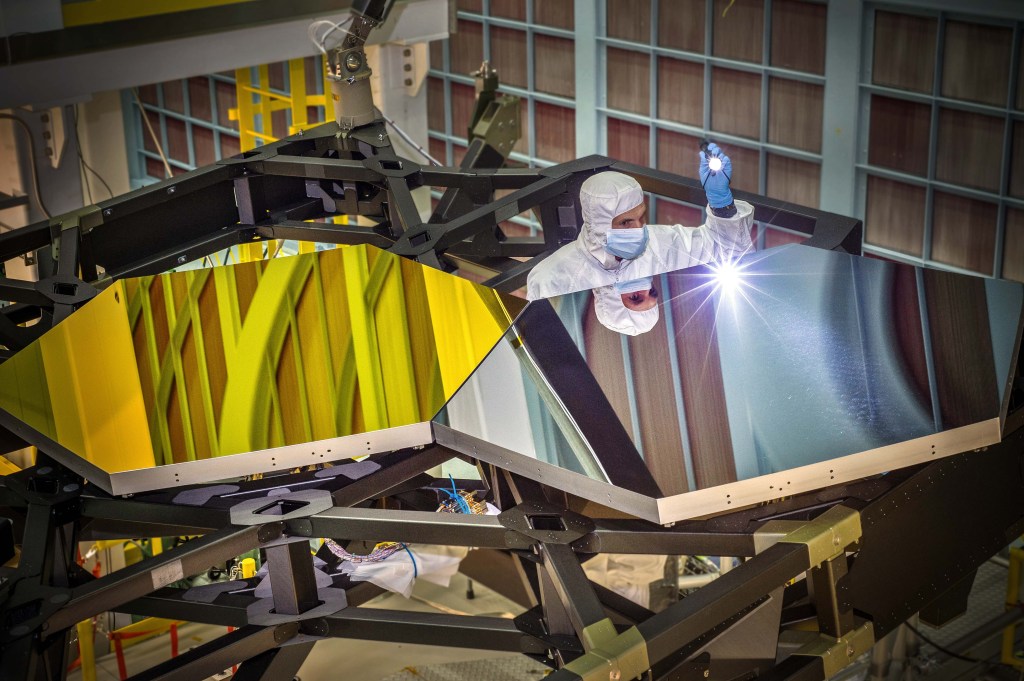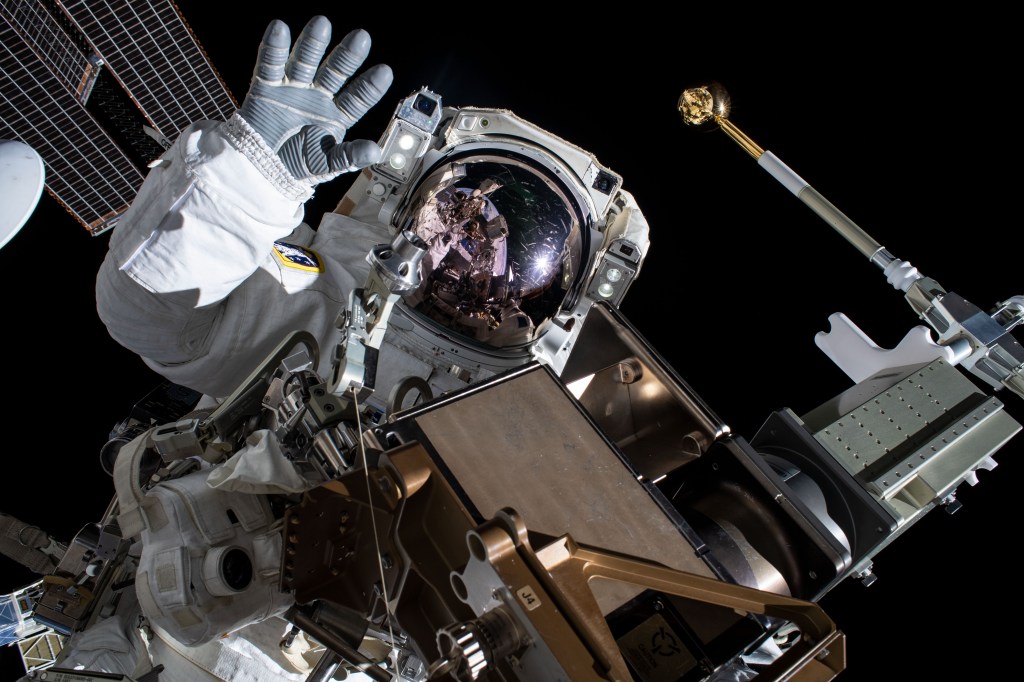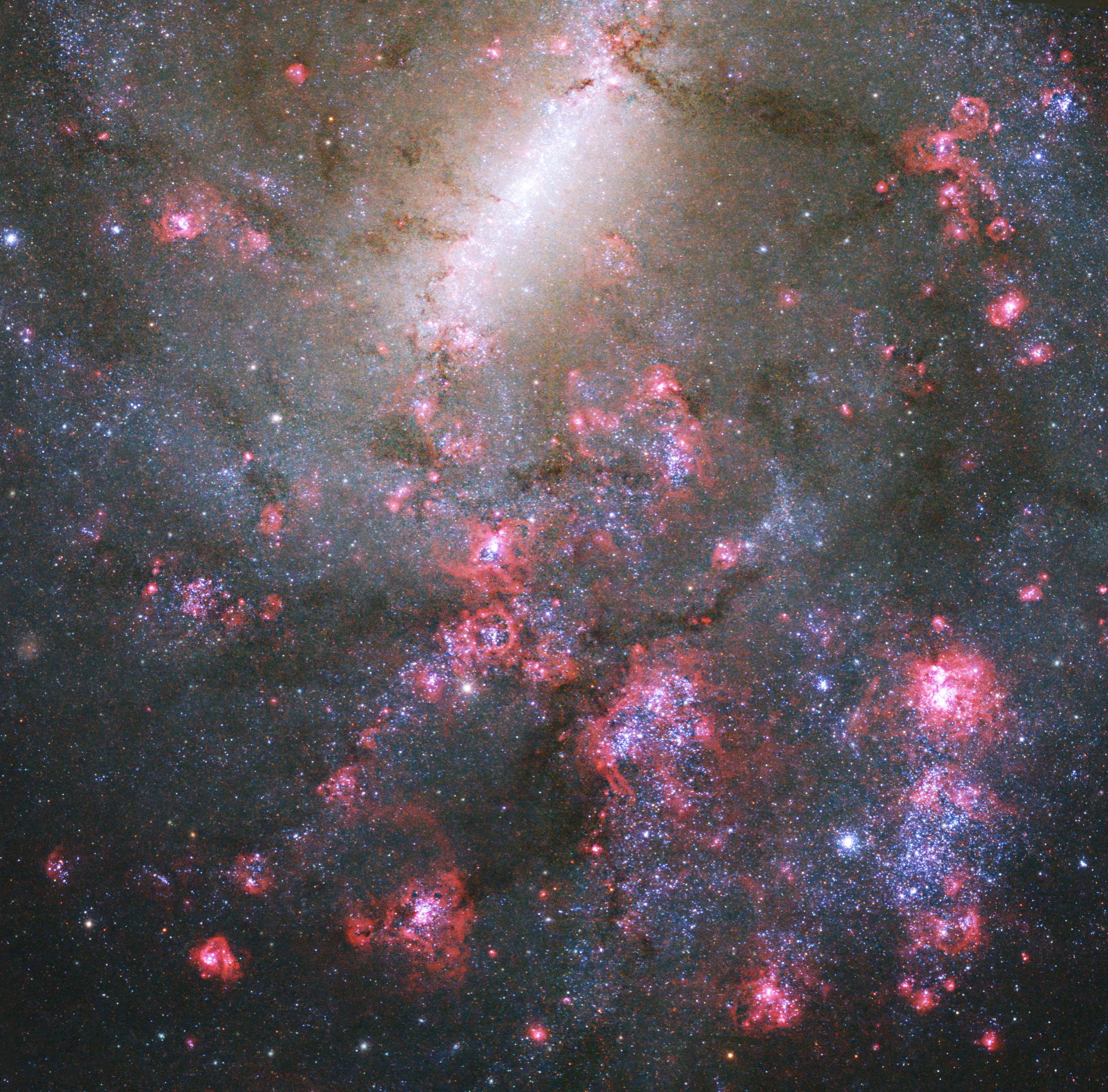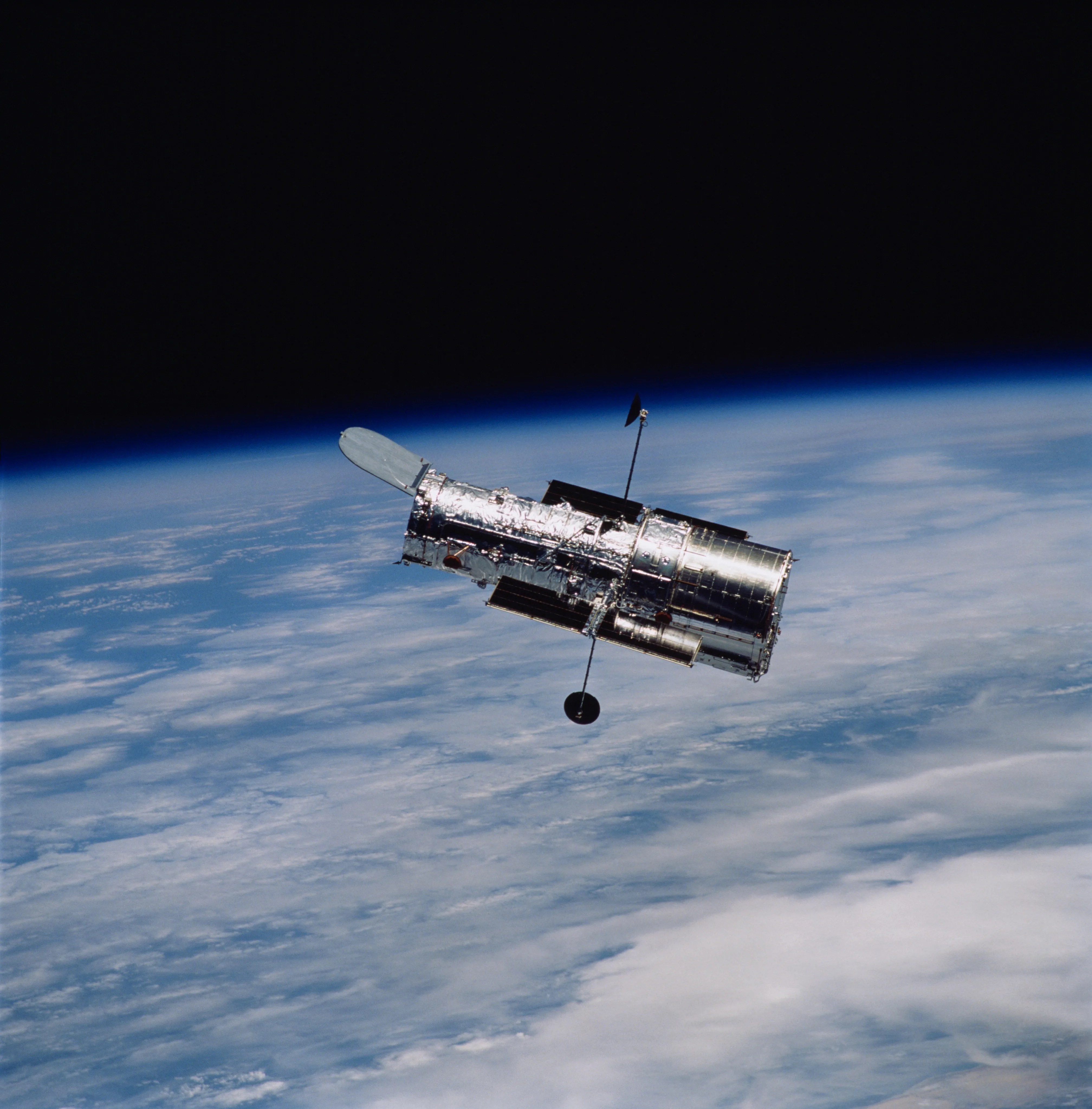Featured News

NASA Demonstrates Safer Skies for Future Urban Air Travel

NASA Astronaut Jonny Kim, Crewmates Return from Space Station

XRISM Finds Chlorine, Potassium in Cas A

The International Space Station Marks 25 Years of Continuous Human Presence
Chart-Topping Supernova
NASA’s James Webb Space Telescope has observed a supernova that exploded when the universe was only 730 million years old — the earliest detection of its kind to date. Webb’s crisp near-infrared images also allowed astronomers to locate the supernova’s faint host galaxy.
Webb’s Observations about Chart-Topping Supernova
Welcome to the Universe
Today
Image Of The Day
NASA Astronaut Jonny Kim Returns to Earth
The Soyuz MS-27 spacecraft is seen as it lands in a remote area near the town of Zhezkazgan, Kazakhstan with Expedition 73 NASA astronaut Jonny Kim, and Roscosmos cosmonauts Sergey Ryzhikov and Alexey Zubritsky aboard, Tuesday, Dec. 9, 2025.
Image Galleries
Explore the Universe from your Inbox
Stay up-to-date on the latest news from NASA–from Earth to the Moon, the Solar System and beyond.
We will never share your email address.
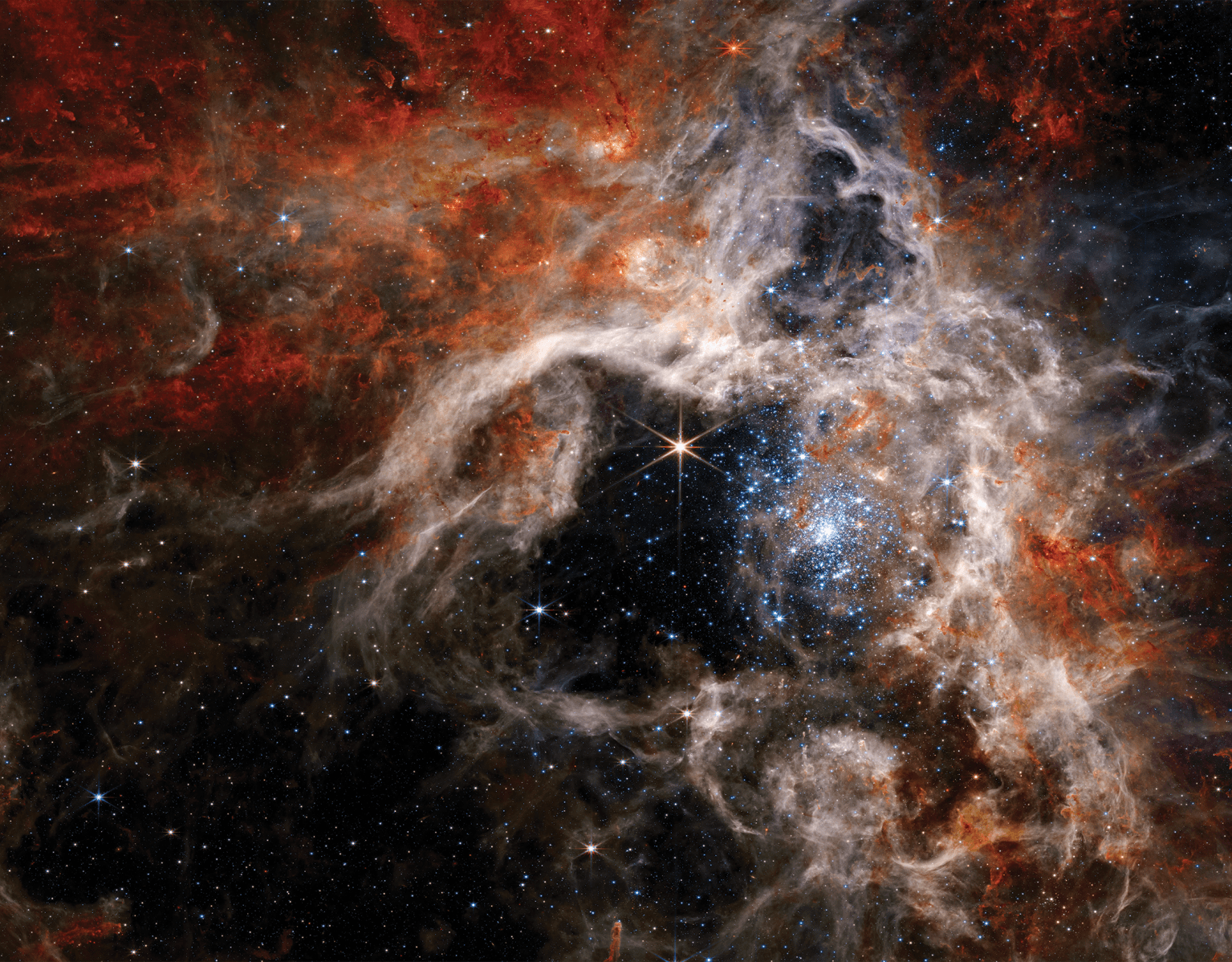
Artemis
Send Your Name Around the Moon
Artemis II will test NASA’s deep space capabilities as humans fly on the Space Launch System rocket and Orion spacecraft for the first time. Join the mission by launching your name around the moon alongside NASA astronauts Reid Wiseman, Victor Glover, Christina Koch, and Canadian Space Agency astronaut Jeremy Hansen.
Artemis II Boarding Pass about Send Your Name Around the Moon